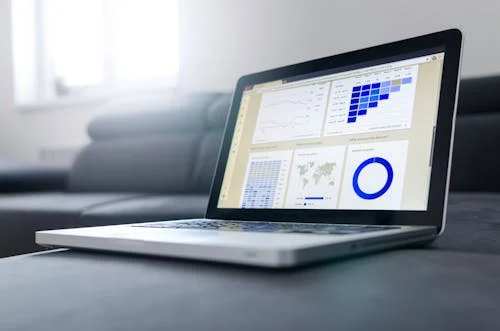How to Determine Your Learning Style to Help Improve Your Leadership Skills

In the past, education systems all over the world used traditional, one-size-fits-all learning environments. Researchers eventually realized people don’t process information the same way, and teaching methods have evolved to fit how students best learn new information.
Anyone can determine their individual learning style. Once you know it, you can figure out the best learning strategies for you, and you’ll know the right instructional methods to improve your leadership skills or technical knowledge. Here’s how to do it.
1. Research learning style models.
Start by doing a few minutes of research on various types of learning style models, such as the VARK model. The VARK website is a repository for articles and research with examples of this learning model aligns with certain learning needs.
But there are more learning styles to assess. Sites like Google Scholar provide valuable research on different types of learning models. These models include 4MAT, Gregorc, Kolb, Honey Mumford, Right-Brain/Left-Brain and Myers-Briggs Type Indicator.
In-depth academic articles cover how learning styles work and how to identify which ones work for you. Also, sources like Pearson Education have compiledresearch on visual learners, auditory learners, verbal learners, and kinesthetic learners.
2. Work with a mentor or business coach to help determine your learning style.
Mentors and business coaches often help you decide on professional development goals and career paths. They can research with you to help you discover optimal learning styles for your education or skill development goals. Perhaps you want to examine your intrapersonal communication (how you think). Maybe you want to add a certain technical skill. Mentors can help you through this.
Mentors usually observe your behavior, responses, body language and interaction with others. They may be able to identify some learning preferences just by watching you.
Your coach or mentor can also give you a test like the Myers-Briggs Type Indicator where various questions help to place you into one of several types of personalities. In identifying a personality type, the test can help guide the mentor toward specific ways of learning that fit with your personality.
Knowing your own learning style can make your mentor better. As they find out what type of learner you are, they’ll gain deeper knowledge to apply to other people they work with. Both you and your mentor can learn and evolve through this process.
3. Take a survey or quiz to determine your preferred learning style.
There are numerous online and mobile tools that help you identify learning preferences. Many sites offer quizzes and surveys, such as 365Tests andEducationPlanner.org. Some testing sites deliver learning style results after a brief quiz that may have as little as 20 multiple-choice questions.
4. Experiment with learning styles to see which ones achieve results.
Reading, research, mentors and quizzes provide a framework, but the best way to determine the right learning style for you is to test different styles:
- For visual learning, see how well you retain information found on visual aids like maps and images.
- To test your response to auditory learning, try learning exercises that involve mnemonic devices and repetition. Mnemonics include things like rhymes, rules, phrases, diagrams or acronyms. Many who prefer the auditory learning style find that these devices help them to remember and recall information like names, dates and facts.
- You’ll know the aural learning style works for you if you’re able to remember more information from lectures, videos or group discussions versus pictures or written material.
- You can decide if you prefer the reading/writing learning style by checking information retention after reading, taking notes and using flashcards.
- To test if you are a kinesthetic learner, use study techniques that involve sense of touch. Try doing hands-on learning exercises that involve making a model or taking something apart and putting it back together. Another sign you’re a kinesthetic learner is “talking with your hands” or using body languagefrequently to express yourself.
- There are also right brain and left brain learners as well as social and solitary learners. These types of learners may focus on creative or logic-driven methods or group or solo learning activities, respectively.
Of course, no one falls neatly into one learning style. Most of us are commonly referred to as a multi-modal learner. That means that we feel comfortable with one or more of these learning styles.
Anyone can determine their individual learning style. Once you know it, you can figure out the best learning strategies for you, and you’ll know the right instructional methods to improve your leadership skills or technical knowledge.
For example, you may be a social learner and a kinesthetic learner. Or, you might view yourself as a solitary learner who enjoys the reading/writing learning style for all types of subject matter.
Once you know your learning skills and preferences, you can leverage related methods and exercises. Focus on the learning style that works best for you. It may mean you remember more. You may also be able to master skills more quickly by focusing on a specific learning process. Either way, determining your learning style can advance your leadership skills and ongoing professional and personal development.
Thanks for reading! My work is almost entirely reader-funded so if you enjoyed this piece please consider sharing it around, liking me on Facebook, following me on Twitter, and maybe throwing some money into my hat on Patreon, Paypal, or with Etherium:. 0X24AC7A8FF92721B9827A03A6936F



